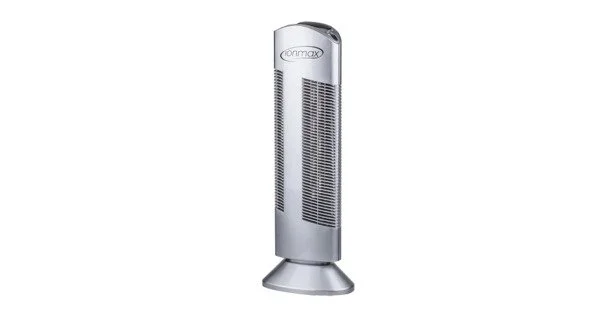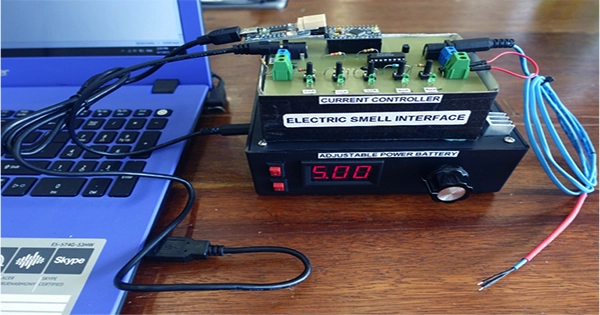An air ioniser is a device that employs high voltage to electrically charge air molecules. An ionizer, often known as an air purifier, is a device that adjusts the electric charge of airborne particles. Negative ions, or anions, are particles that have one or more additional electrons, resulting in a net negative charge. Cations are positive ions that lack one or more electrons, resulting in a net positive charge.
An air ionizer’s primary aim is to enhance air quality by eliminating airborne particles such as dust, pollen, smoke, and allergies. Some commercial air purifiers are designed to produce negative ions. Another form of air ioniser is the electrostatic discharge ionizer (balanced ion generator), which is used to neutralize static charge.
Here’s how air ionizers generally work:
- Ionization: Air ionizers release charged ions into the air. These ions can be either positively or negatively charged.
- Particle Attraction: The charged ions produced by the ionizer attach themselves to airborne particles. This process is known as ionization.
- Particle Agglomeration: As a result of ionization, the particles become charged. Since opposite charges attract, the charged particles may clump together.
- Settling of Particles: The larger particles formed by the agglomeration process become heavier and settle onto surfaces in the room, making them easier to remove during regular cleaning.
- Removal of Particles: Some ionizers also include a collection plate or other technology to attract and capture the charged particles, removing them from the air.
Air ionizers can reduce certain airborne particles, however they may not be effective against all sorts of pollution. Furthermore, some people may be sensitive to ozone, a consequence of some types of ionizers, therefore it is critical to select an ionizer that satisfies safety regulations and does not emit excessive ozone.
When shopping for an air ionizer, it’s best to do your homework and select a recognized brand. If feasible, look for devices that have been approved by appropriate authorities for both safety and performance. To ensure the item performs properly over time, follow the manufacturer’s maintenance and cleaning instructions.
















